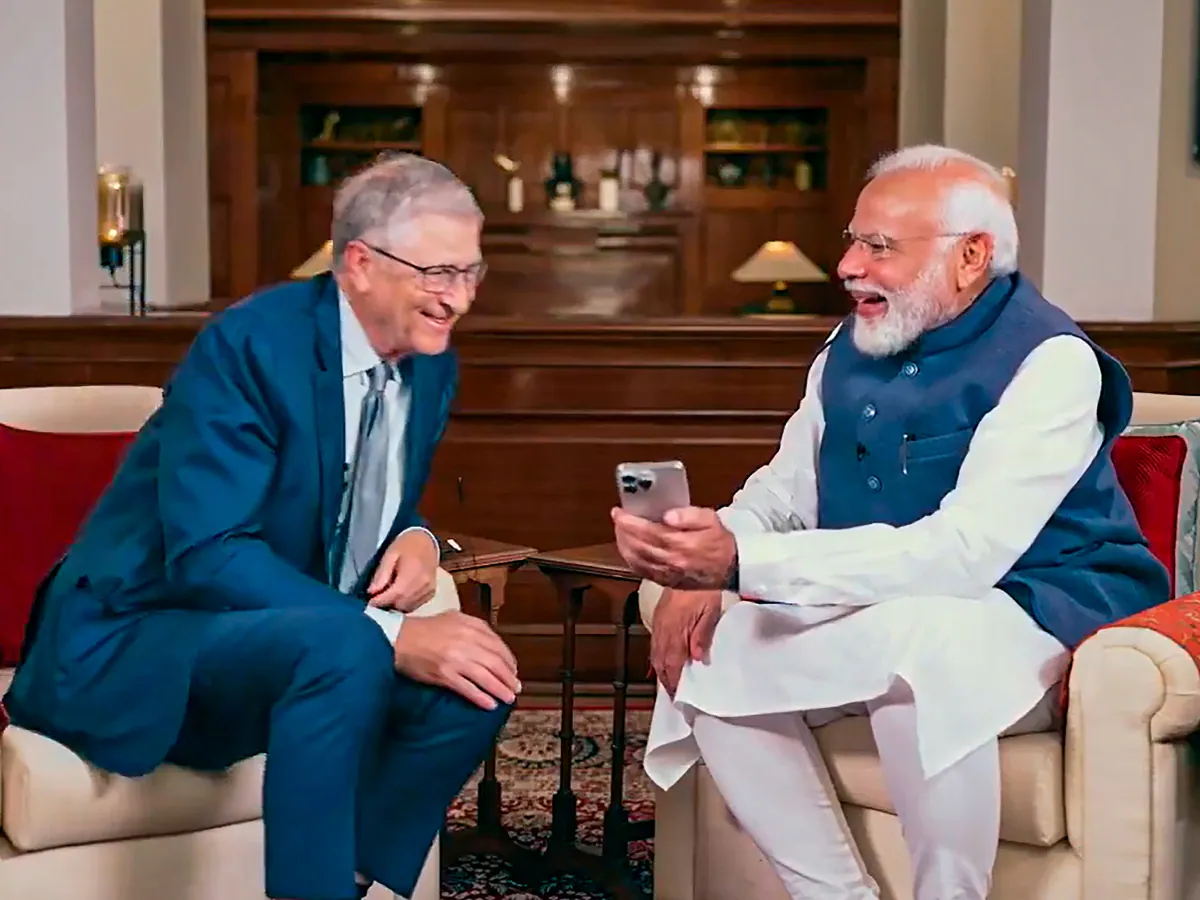5G Technology Evolution: How 5G Experience Will Be For You

5G TechnologyIt was during the Kovid epidemic that 5G made its inroads in a large part of the world. If everything had gone as planned, by next year you would be surfing on a 5G network, but it is too late to launch 5G in India. The government has given telecom companies another six months i.e. till May next year for trial.
Initially, when 5G was mentioned, it was told that if it turns into reality, a world with great connectivity will be created. Cars without drivers will run on the roads and they will decide by the movement of other vehicles where and how to move. From bathroom geyser to bedroom AC, everything can be operated remotely. In the world of Internet of Things ie ‘IoT’, the human mind will get more time to think on a new path ahead of everyday things.
That is, there is a possibility of starting 5G service by the beginning of 2023, but 5G has been started in many countries. We can get an idea of what changes can come here from the experience of those countries.
How fast is 5G?
When it comes to 5G, high speed is the mainstay. Samsung had claimed a record download speed of 5.2 Gb per second in March this year. The storage space of the phone varies, yet with this download speed, the storage will be full in 10 seconds to a minute. It can also be understood in this way that in just a second you can download some high-definition movies.
But experience shows that whatever be the performance in the laboratory, in the real world the matter is different. In theory, even 4G can achieve a download speed of 300 Mbps, but in reality it is also lucky if it gets 10Mbps. The same is the case with 5G. Rather, the matter gets a bit complicated in 5G as it has three categories.
What is normal 5G, it gives roughly the same speed as 4G. Above this category 5G gives really good speed. And what to say about the best category.
Basic 5G is called ‘Low Band’. It operates on frequencies less than 1 GHz. Speed remains in the range of 30Mbps-250Mbps. In lab-like conditions, it seems slower than 4G, but in a vast country like India, it can become the basis of 5G networks. This is because a single low-band tower can provide 5G service over thousands of square miles. Fast mobile internet facility can be provided through this on long expressways and in remote villages.
But in cities, people will prefer the ‘mid band’, which operates on 1 to 6 GHz spectrum. That is why it is called sub-6 GHz. But usually it uses 2.5 to 3.5 GHz frequency. It is not able to cover a large range like low-band, but is better in terms of speed. A mid-band tower can deliver speeds of 100 to 900 Mbps over an area of several kilometers. Obviously, the speed of home Wi-Fi for most of the people in India is faster than that.
After this comes the turn of the high band i.e. millimeter wave. It gives more than 1Gbps speed. But the real use case is that it will not perform well in large areas. It will give good coverage largely in high-density places like stadiums. Frequencies above 24 GHz are used in the high band and its spread is very low. Its one tower can cover an area of barely two kilometres. Its waves cannot pass through walls and certain types of mirrors.
The discussion of 5G is not only because of the speed. It is said that it also reduces energy consumption. This seems a good thing amidst the concern of global warming. The Wall Street Journal quoted a report by the Boston Consulting Group as saying that telecom companies account for 1.6 percent of the total emissions of carbon dioxide worldwide and by the year 2040 it could increase to 14 percent.
Telecom network equipment maker Ericsson says that 5G technology is 90 percent better than 4G in terms of energy consumption per unit of traffic.
But this does not mean that the adoption of 5G will reduce energy consumption in telecom services to a tenth of the current level. This is because the consumption of data is going to grow very fast in the coming years. But there is an advantage in adopting 5G instead of 4G because the fast data consumption is increasing, if only 4G is used, then energy will be consumed manifold.
One advantage of 5G over 4G is that it has less ‘latency’ in all three wave bands. Think of latency as the difference between pressing your accelerator and increasing the speed of the vehicle. If you are a gamer then you will like 5G more.
Preparation is going on in India right now, but many countries have adopted 5G in the last year. The Global Mobile Suppliers Association says 94 operators in 48 countries are investing in 5G standalone networks. At least 19 operators in 15 countries or territories have launched 5G standalone networks. Four operators have adopted 5G standalone technology but are yet to start services.
According to an analysis by Statista, one billion people will be using 5G in the next three and a half years. It took 4 years for 4G to reach this level and 12 years for 3G.




